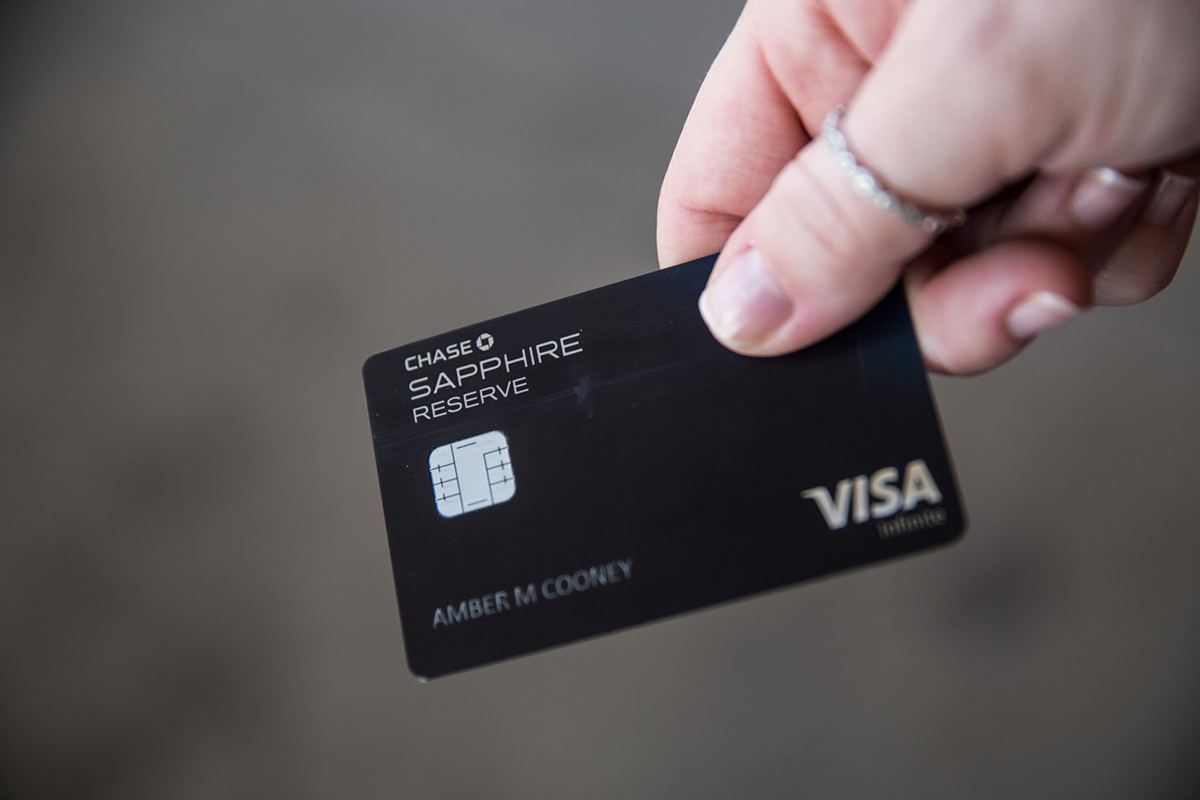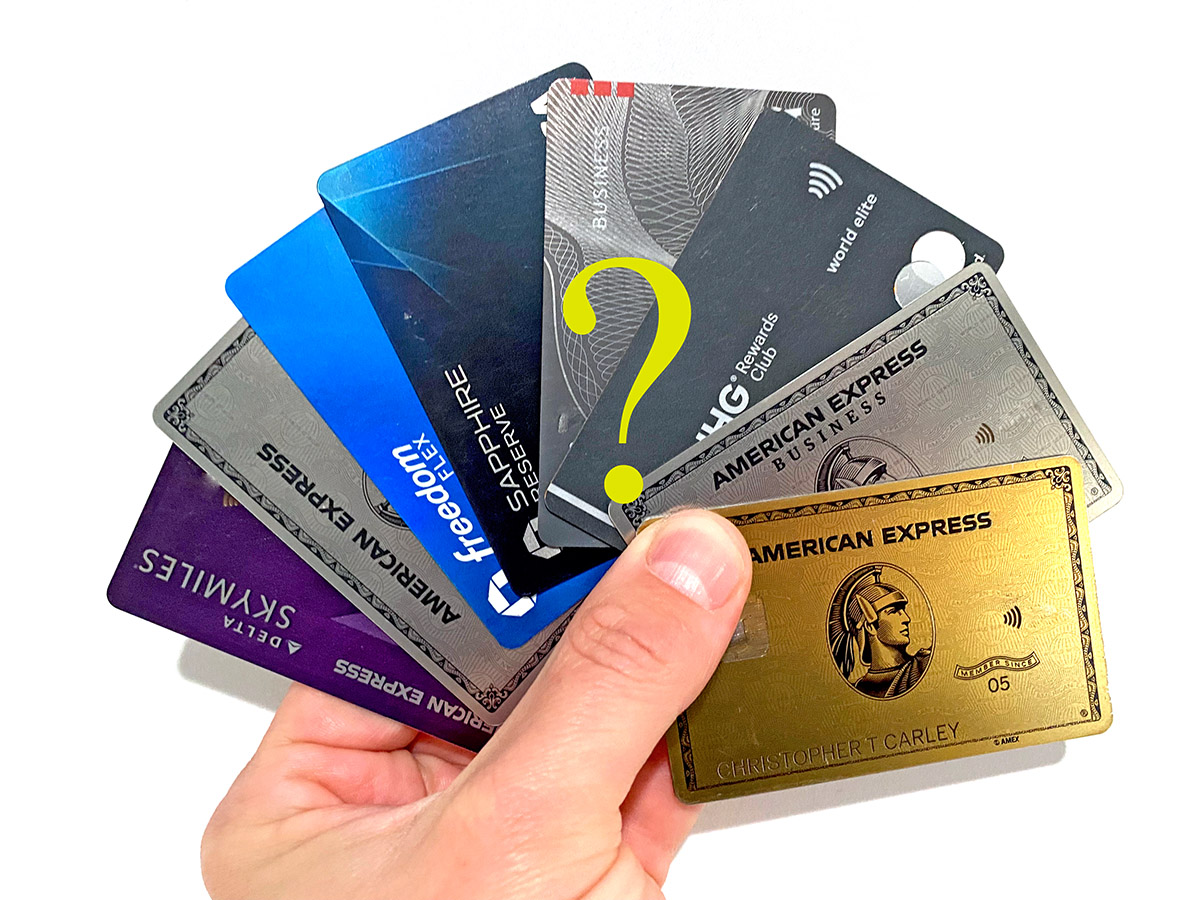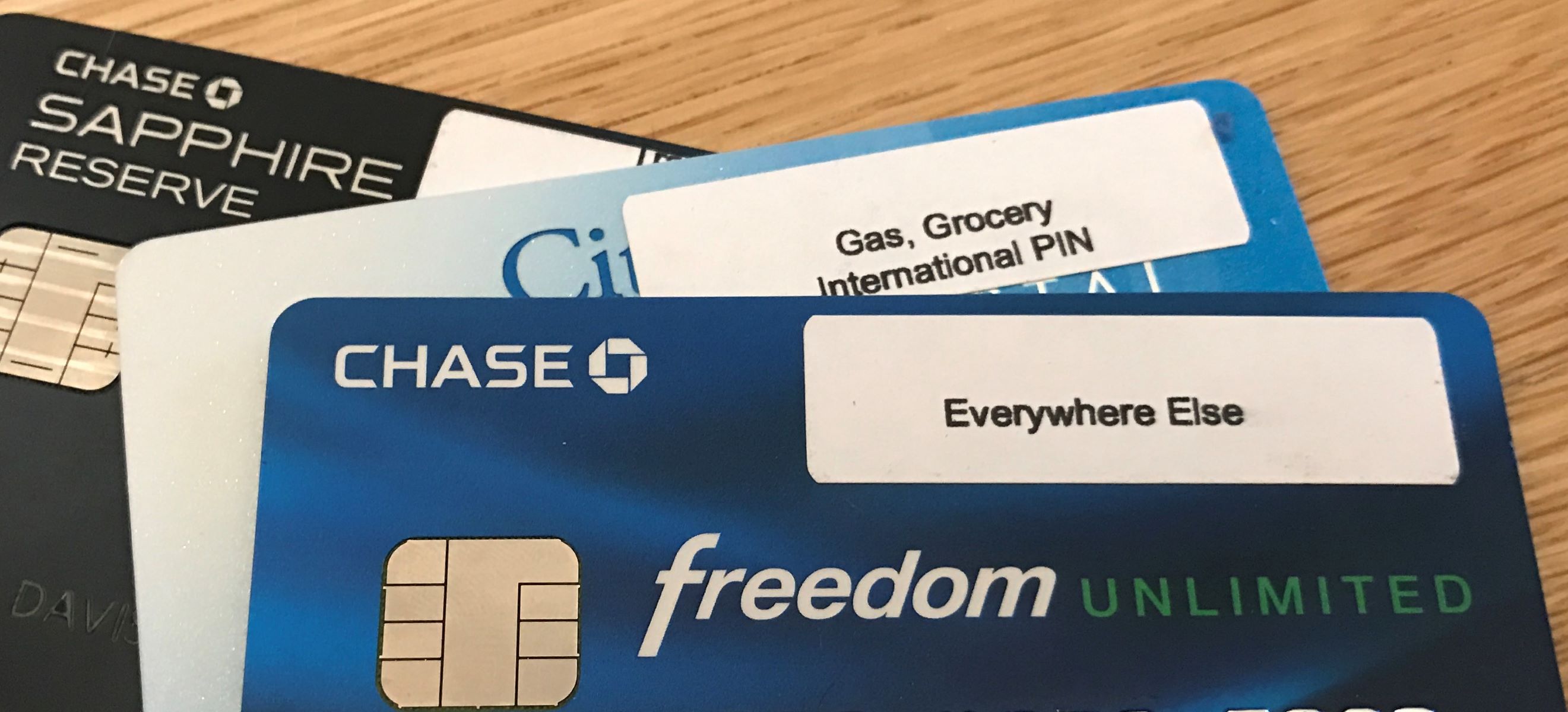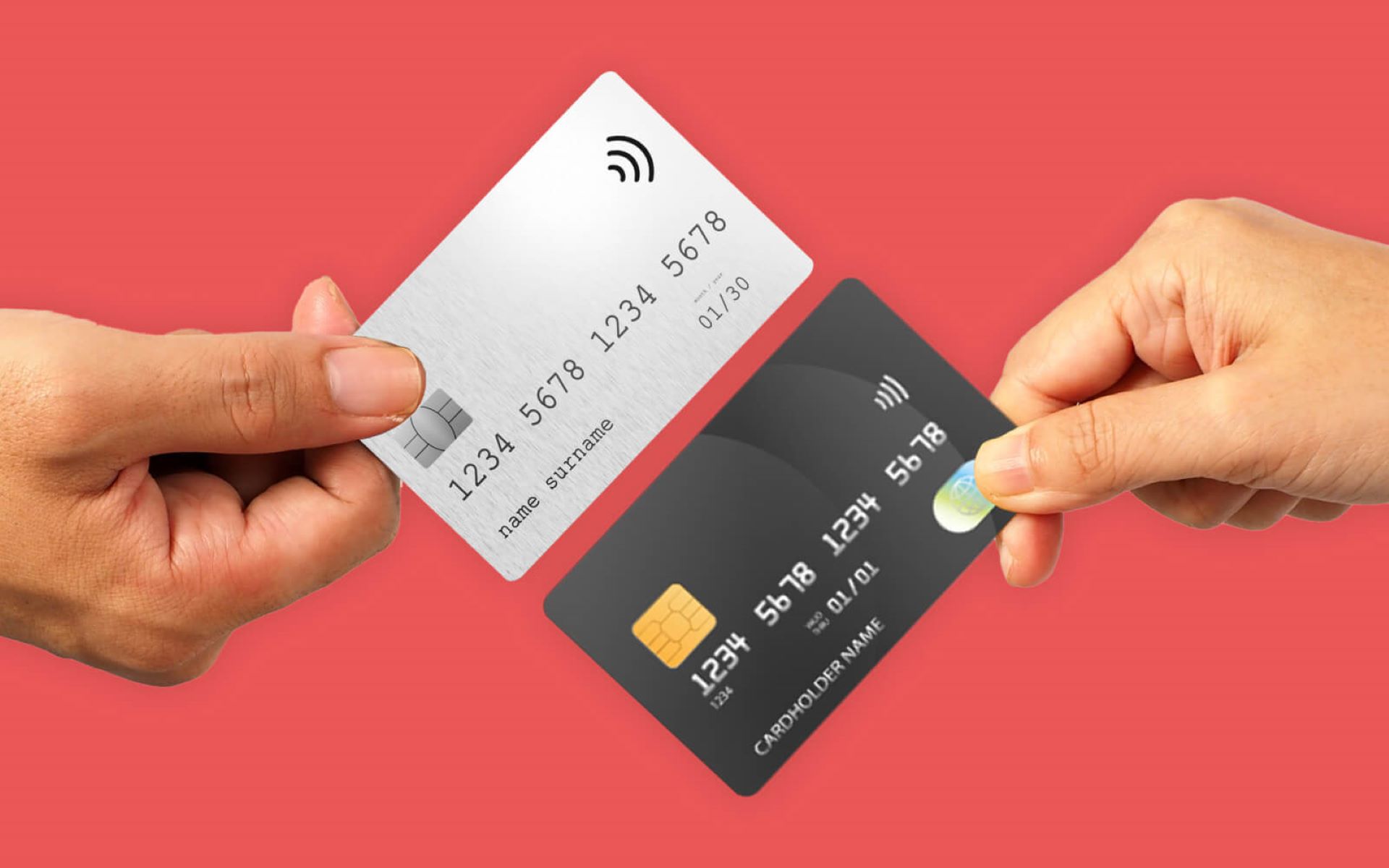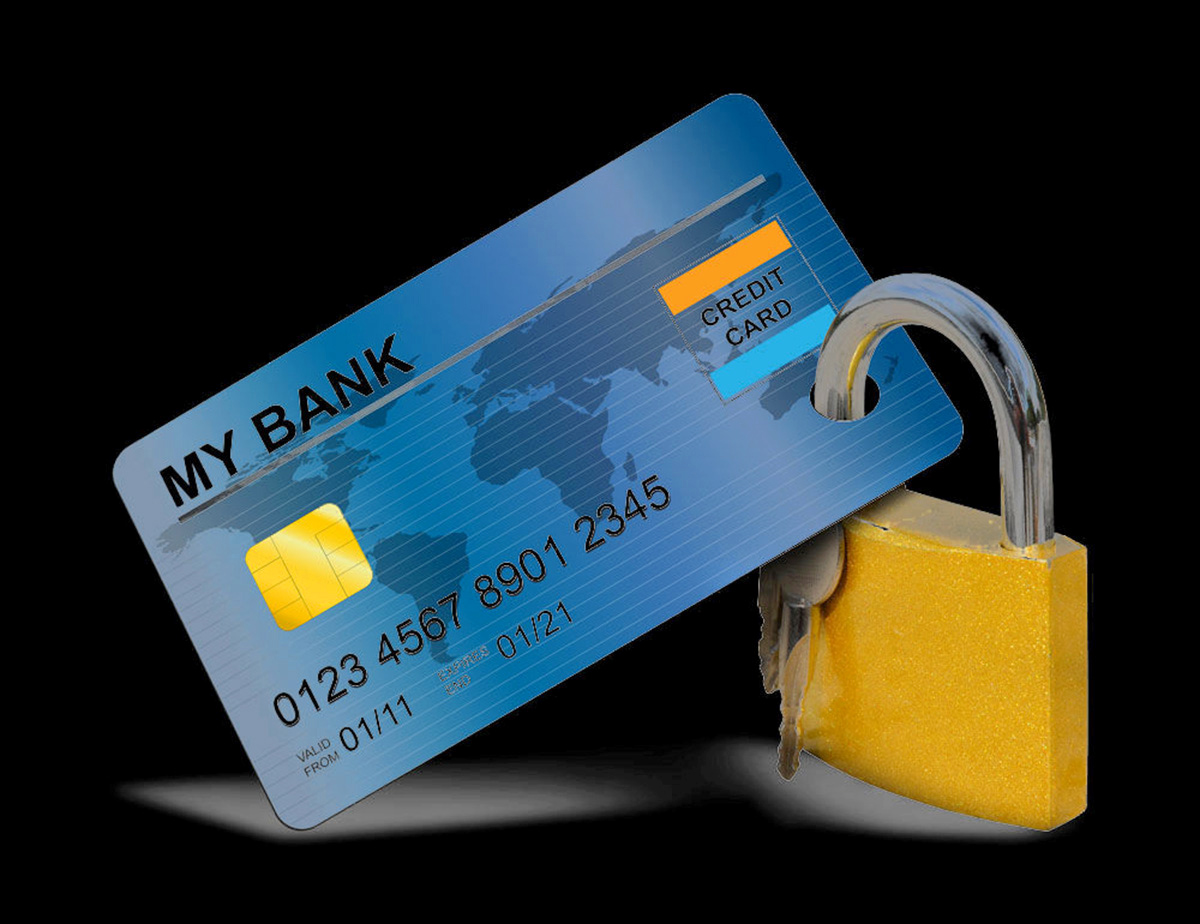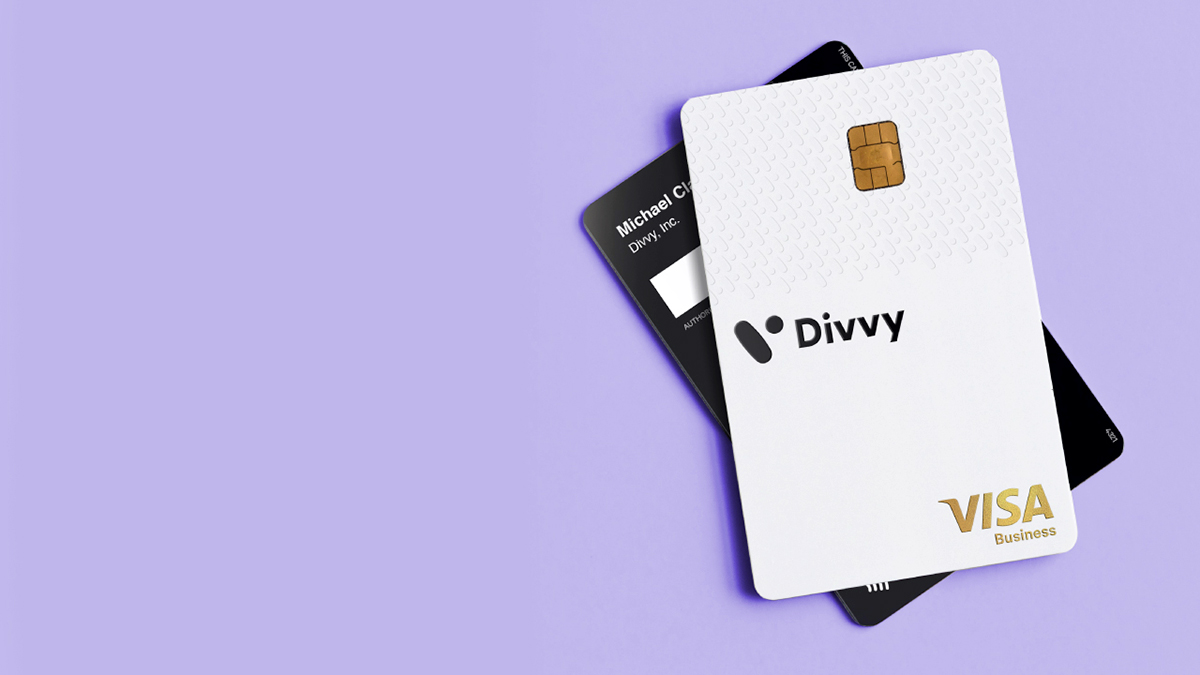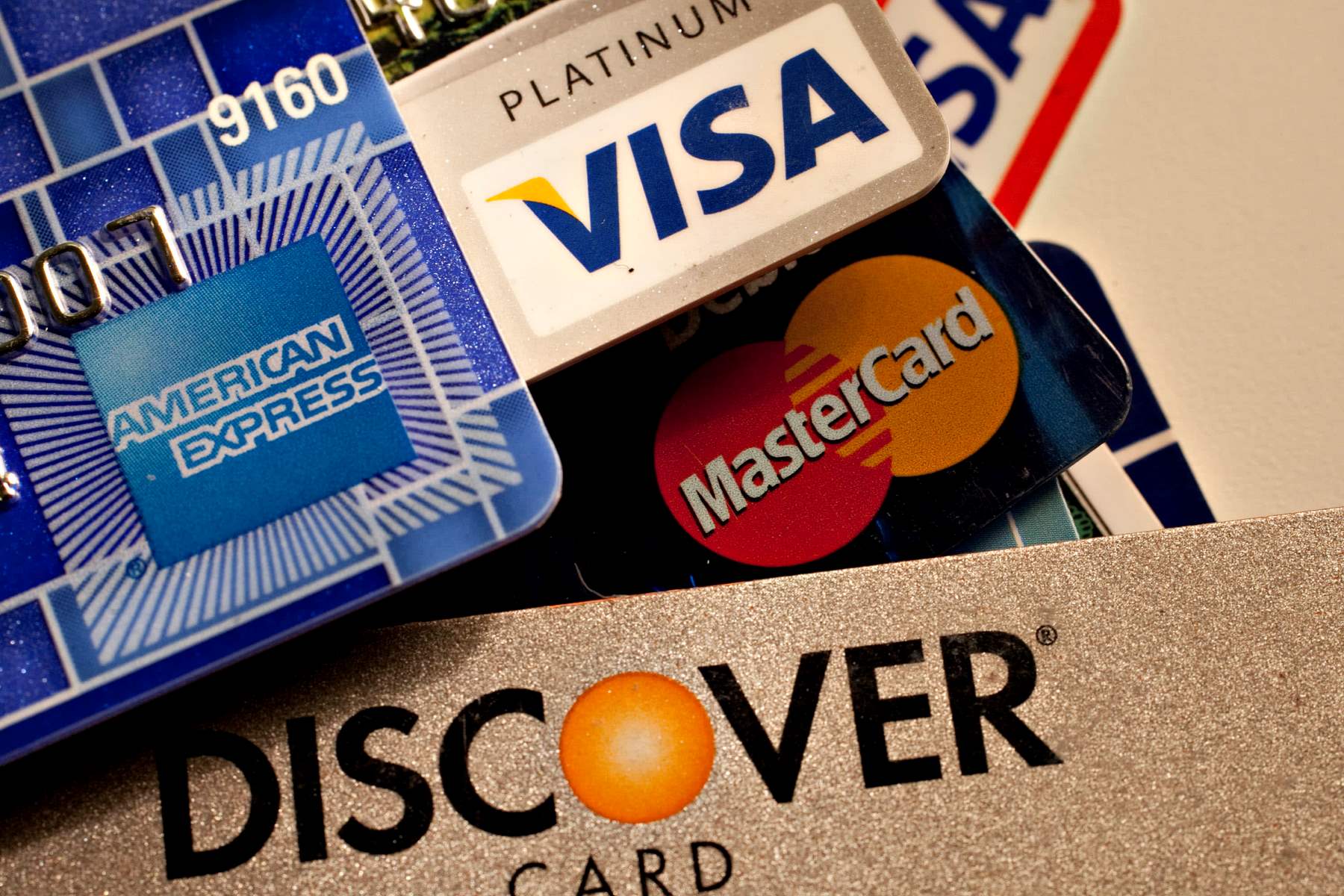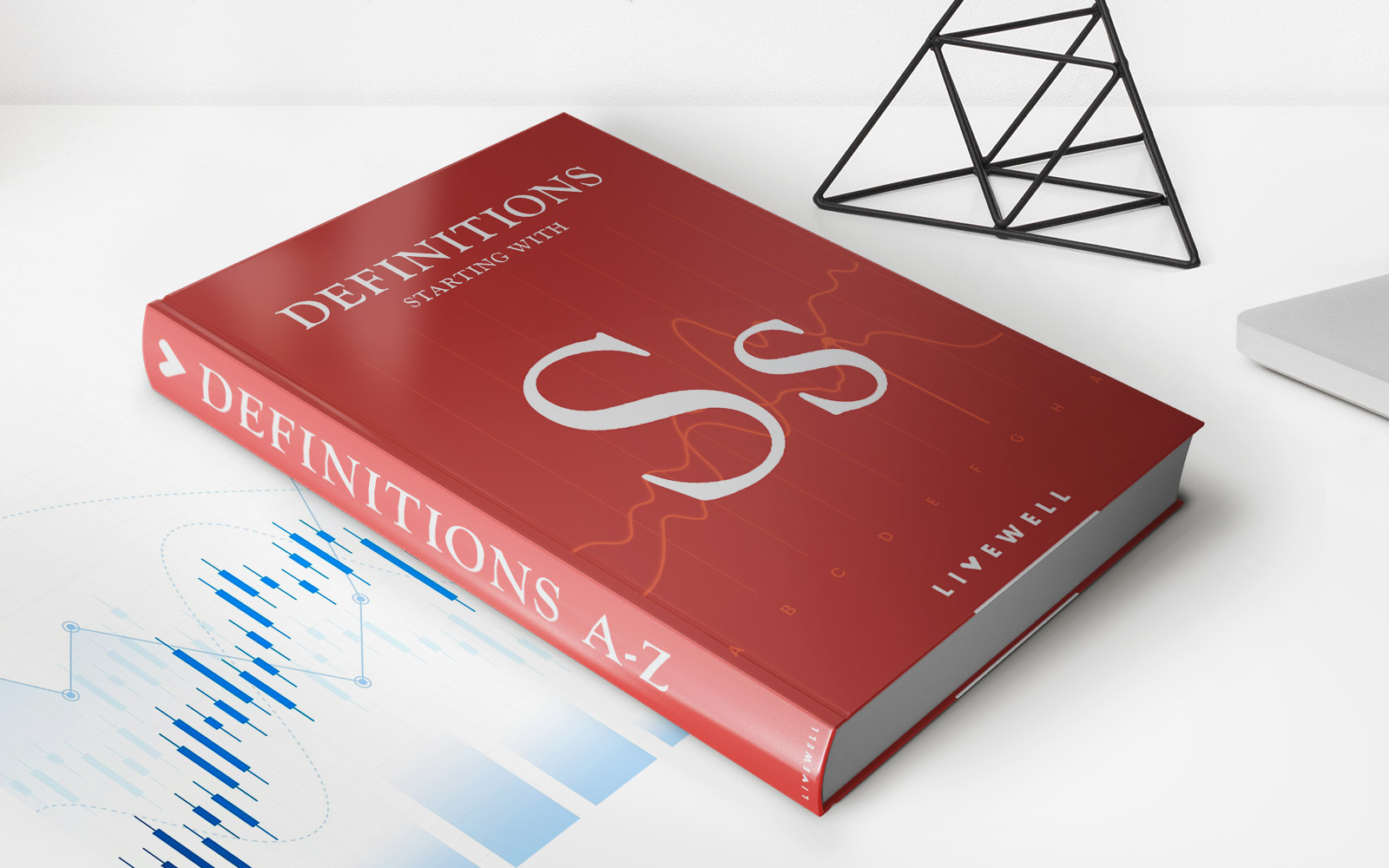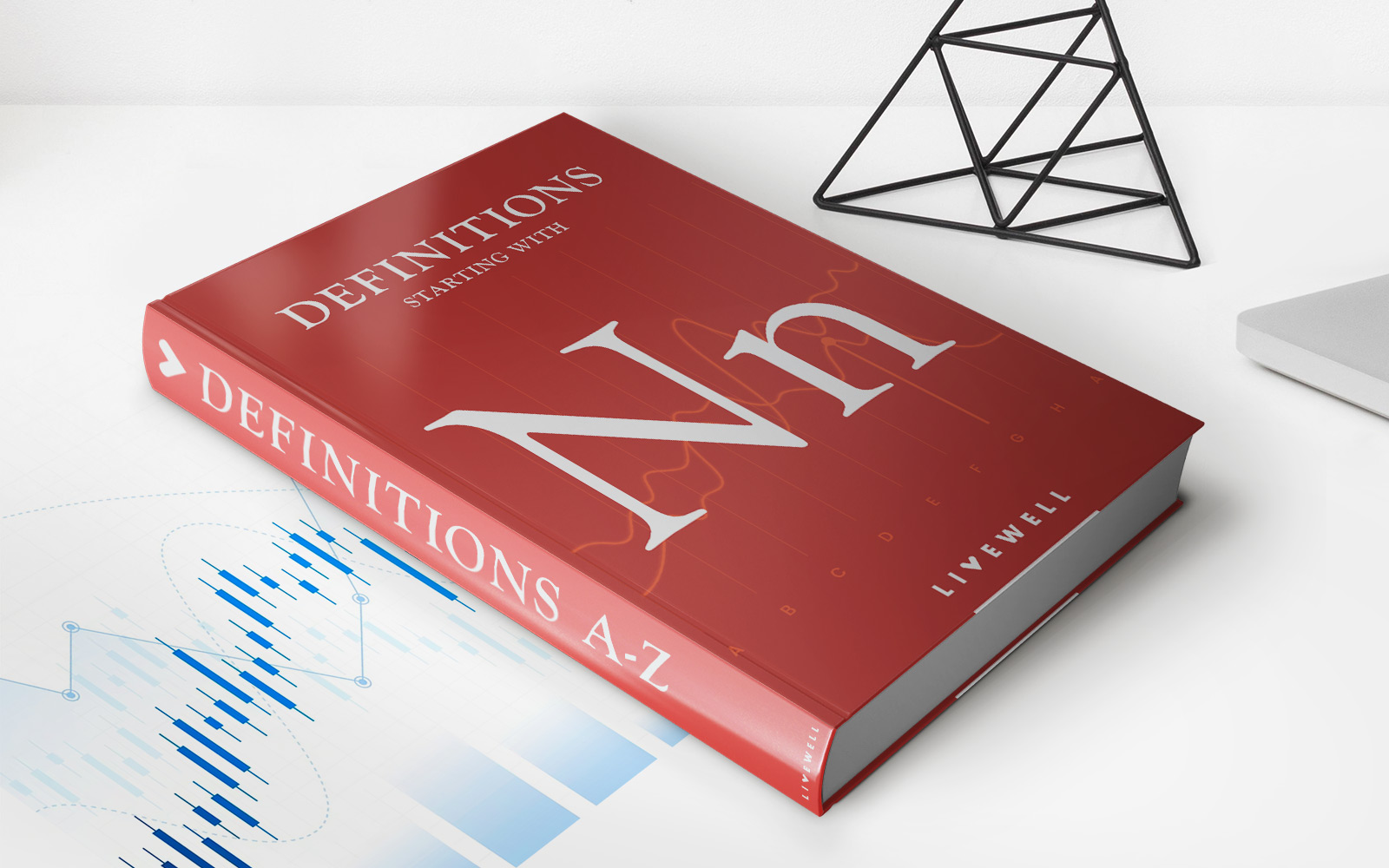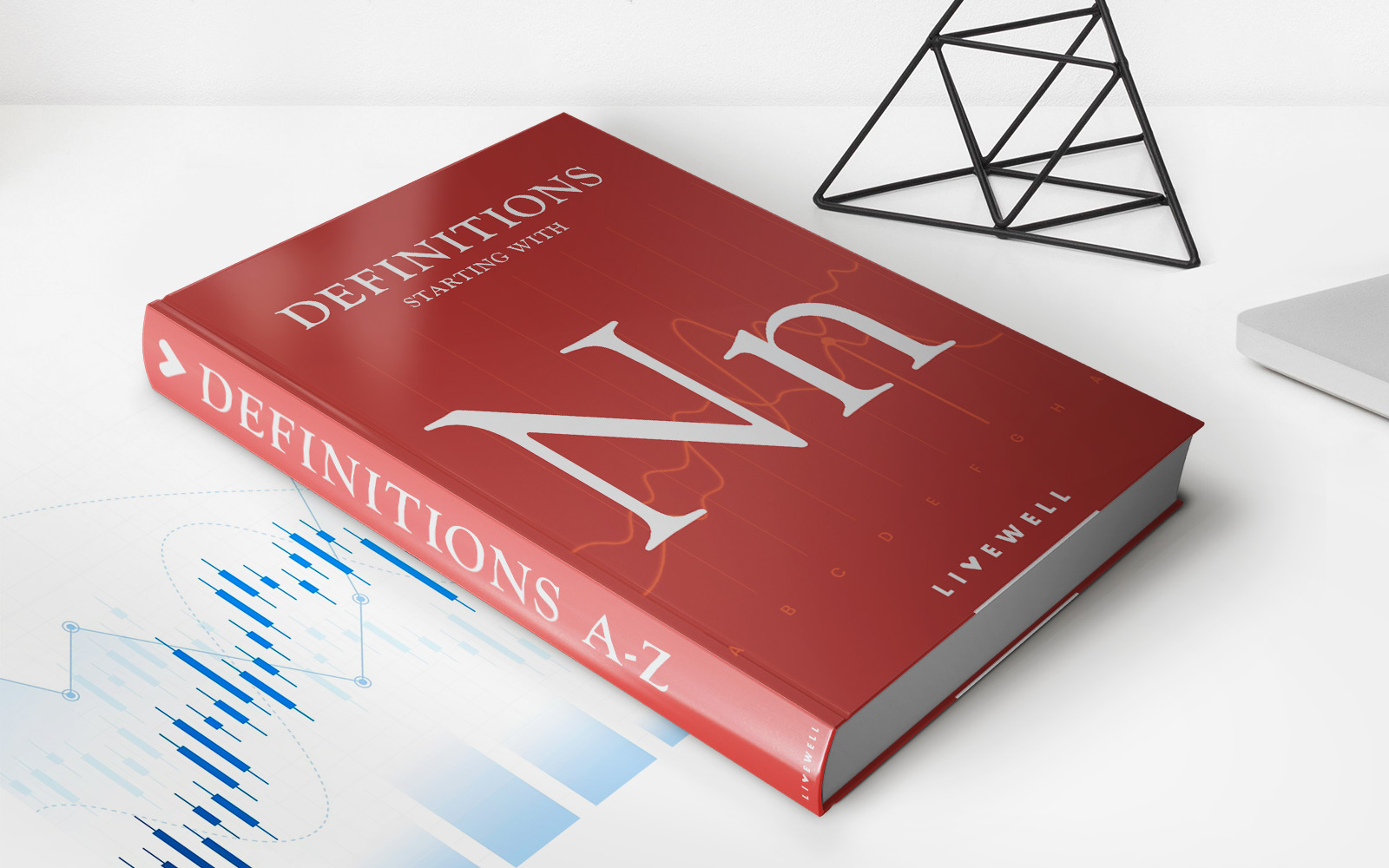

Finance
What Is Pan Credit Card
Modified: February 21, 2024
Discover what a Pan Credit Card is and how it can benefit your finances. Explore its features and advantages for a better financial future.
(Many of the links in this article redirect to a specific reviewed product. Your purchase of these products through affiliate links helps to generate commission for LiveWell, at no extra cost. Learn more)
Table of Contents
Introduction
Welcome to the world of financial freedom and convenience – Pan Credit Card! In today’s fast-paced digital era, having a credit card has become a necessity rather than a luxury. And when it comes to credit cards, Pan Credit Card stands out as a popular choice among consumers. Whether you’re a seasoned cardholder or new to the credit card game, it’s important to understand what a Pan Credit Card is and how it can benefit you.
Pan Credit Card is a financial instrument that allows you to make purchases and access credit up to a certain limit. It is issued by banks or financial institutions and is linked to a credit line that you can use for transactions, both online and offline. The concept of a credit card revolves around the balance between borrowing money and repaying it over a specific period.
When you use a Pan Credit Card to make a purchase, you are essentially borrowing money from the issuing bank or financial institution. You can use this credit facility to pay for goods and services, and then repay the borrowed amount within a specified time frame. The repayment may be made in full or in part, depending on your preference and the terms and conditions set by the credit card provider.
One of the key features of a Pan Credit Card is its versatility. It can be used for a wide range of transactions, including online shopping, bill payments, travel bookings, dining out, and much more. With the increasing acceptance of credit cards globally, having a Pan Credit Card in your wallet can ensure a smooth and hassle-free payment experience.
Moreover, Pan Credit Card offers several additional benefits to cardholders, including rewards programs, cashback offers, travel insurance, and fraud protection. The ability to earn rewards points and redeem them for exciting gifts or travel vouchers is a major draw for many individuals. Additionally, certain credit cards come with exclusive privileges such as access to airport lounges, concierge services, and discounts on lifestyle products and services.
While Pan Credit Card comes with numerous advantages, it is essential to understand the potential drawbacks as well. Misusing or mishandling credit cards can lead to accumulating debt, high interest charges, and a negative impact on your credit score. It is important to use your Pan Credit Card responsibly and ensure timely repayments to maintain a good credit history.
In the following sections, we will delve deeper into the mechanics of how a Pan Credit Card works, its benefits, drawbacks, and tips for using it effectively. Whether you are considering applying for a Pan Credit Card or already have one in your possession, this article will provide you with all the necessary insights to make the most of this financial tool.
Definition of Pan Credit Card
Pan Credit Card, also known as a Personal Account Number Credit Card, is a type of credit card that is widely used in India. It is issued by banks and financial institutions authorized by the Reserve Bank of India (RBI). The card is named after the Permanent Account Number (PAN), a unique identification number issued by the Income Tax Department of India.
A Pan Credit Card is designed to provide individuals with a convenient and secure method of making payments for various goods and services. It works on the principle of extending credit to the cardholder, allowing them to borrow money against a predetermined credit limit. The cardholder can then repay the borrowed amount in full or through monthly installments.
The Pan Credit Card is typically a plastic card with a magnetic strip or a chip that stores information about the cardholder and their credit limit. It is accepted at various merchant outlets, both online and offline, and can be used to make purchases, pay bills, withdraw cash from ATMs, and transfer funds.
One of the defining features of a Pan Credit Card is that it is linked to the cardholder’s PAN. This identification number is crucial for financial transactions and income tax purposes in India. By linking the credit card to the PAN, the cardholder’s financial activities can be tracked and recorded for regulatory compliance.
To apply for a Pan Credit Card, individuals must meet certain eligibility criteria set by the issuing bank or financial institution. These criteria usually include factors such as age, income, employment status, credit history, and residential address. Once approved, the cardholder is assigned a credit limit based on their financial profile and creditworthiness.
It’s important to note that a Pan Credit Card is not the same as a debit card or a prepaid card. Unlike a debit card, which requires the cardholder to have sufficient funds in their bank account, a Pan Credit Card allows the cardholder to make purchases on credit. The amount spent is billed to the cardholder, who is required to repay the borrowed amount within a specified timeframe.
The interest rate charged on the outstanding balance is a crucial aspect of a Pan Credit Card. It is important for cardholders to understand these charges and ensure timely repayments to avoid accumulating debt and incurring hefty interest costs.
In summary, a Pan Credit Card is a financial tool that provides individuals with a convenient and flexible method of making payments. It offers the convenience of borrowing money and the flexibility to repay it over time. By utilizing a Pan Credit Card responsibly, individuals can enjoy the benefits of increased purchasing power, rewards programs, and financial flexibility.
How Pan Credit Card Works
Pan Credit Card works on the principle of extending a line of credit to the cardholder, allowing them to make purchases and access funds up to a predetermined credit limit. Understanding how a Pan Credit Card works is essential for using it effectively and managing your finances wisely.
Here is a step-by-step breakdown of how a Pan Credit Card works:
1. Application: To obtain a Pan Credit Card, an individual must apply with a bank or financial institution that offers credit cards. The applicant needs to meet the eligibility criteria, like a minimum income requirement and a good credit score. Once the application is approved, the card is issued.
2. Credit Limit: The issuing bank determines the credit limit based on the applicant’s financial profile, income, and creditworthiness. The credit limit is the maximum amount that can be spent using the Pan Credit Card.
3. Card Activation: After receiving the Pan Credit Card, the cardholder needs to activate it by following the given instructions. This usually involves contacting a helpline or using online banking services.
4. Card Usage: Once activated, the cardholder can use the Pan Credit Card to make purchases or cash advances. The card is accepted at various merchant outlets, both online and offline, and can also be used for bill payments and fund transfers.
5. Transaction Authorization: When making a purchase, the cardholder needs to present the Pan Credit Card to the merchant. The merchant swipes the card or inserts it into a card reader to obtain authorization from the issuing bank. In online transactions, the card details are entered manually.
6. Billing Cycle: The transactions made using the Pan Credit Card during a particular billing cycle form the cardholder’s monthly statement. The billing cycle typically lasts for 30 days. The statement contains details of all purchases, cash advances, and payments made during that period.
7. Minimum Payment: The cardholder is required to make a minimum payment towards the outstanding balance by the due date mentioned in the statement. The minimum payment is generally a small percentage of the total outstanding amount, typically around 5% of the balance.
8. Interest Charges: If the cardholder does not pay the entire outstanding balance by the due date, interest charges are applied to the remaining balance. The interest rate charged can vary depending on the credit card issuer and the individual’s creditworthiness.
9. Revolving Credit: If the cardholder does not pay the full outstanding balance, the remaining amount is carried forward to the next billing cycle. This is known as revolving credit. The cardholder is then charged interest on the revolving balance until it is fully paid.
10. Rewards and Benefits: Many Pan Credit Cards offer rewards programs and benefits to their cardholders. These can include cashback offers, rewards points, airline miles, discounts on dining, shopping, and travel, and exclusive privileges like access to airport lounges or concierge services.
11. Credit Card Statements: Cardholders receive monthly statements detailing their transactions, outstanding balance, minimum payment due, and any rewards earned. It is crucial to review these statements carefully to identify any errors or unauthorized transactions.
12. Credit Score Impact: The usage and repayment behavior of a Pan Credit Card can have an impact on the cardholder’s credit score. Timely payments and responsible credit utilization can help improve the credit score, while late payments and high credit utilization can have a negative effect.
Understanding how a Pan Credit Card works empowers individuals to make informed financial decisions and manage their credit responsibly. By using the card wisely, making timely payments, and keeping the outstanding balance under control, cardholders can enjoy the benefits of increased purchasing power and the convenience of a Pan Credit Card.
Benefits of Pan Credit Card
Pan Credit Card offers numerous benefits to cardholders, making it a highly sought-after financial tool. From increased purchasing power to exclusive rewards and privileges, here are some of the key benefits of having a Pan Credit Card:
1. Convenience: One of the primary advantages of a Pan Credit Card is the convenience it offers. Instead of carrying cash, you can simply swipe or tap your card to make purchases. It eliminates the need to carry large sums of money and provides a secure and convenient payment method.
2. Financial Flexibility: A Pan Credit Card gives you the flexibility to make purchases and access funds even when you don’t have sufficient funds in your bank account. This can be especially helpful during emergencies or when you need to make big-ticket purchases.
3. Builds Credit History: Using a Pan Credit Card responsibly and making timely payments helps build a positive credit history. This can be beneficial when you apply for loans or other forms of credit in the future, as a good credit history increases your chances of approval and may result in better terms and lower interest rates.
4. Rewards and Cashback: Many Pan Credit Cards come with rewards programs that allow you to earn points or cashback on your purchases. These rewards can be redeemed for various benefits such as gift vouchers, travel discounts, merchandise, or even as direct cashback.
5. Travel Benefits: Certain Pan Credit Cards offer travel-related benefits such as complimentary airport lounge access, travel insurance coverage, discounts on flight bookings, hotel stays, and car rentals. These perks can enhance your travel experience and save you money on travel expenses.
6. EMI Facility: Pan Credit Cards often come with the option of converting large purchases into equated monthly installments (EMIs). This allows you to spread out the cost of your purchase over a specified period, making it more manageable and affordable.
7. Security and Fraud Protection: Pan Credit Cards offer enhanced security features such as PIN protection, chip technology, and zero-liability policies. If your card is lost or stolen, you can promptly report it to the issuing bank and prevent unauthorized transactions. Cardholders are also protected against fraudulent charges.
8. Discounts and Offers: Many merchants and online platforms offer exclusive discounts and offers for Pan Credit Card holders. These can include discounts on shopping, dining, entertainment, and more. By taking advantage of these offers, you can save money and enjoy additional value from your purchases.
9. Improved Cash Flow Management: With a Pan Credit Card, you have a clear record of your transactions and expenses through monthly statements. This helps you track your spending patterns, manage your cash flow better, and plan your finances effectively.
10. Financial Safety Net: A Pan Credit Card can serve as a safety net during emergencies or unexpected expenses. It provides immediate access to funds, allowing you to meet urgent financial needs without having to rely on other sources of financing that may have higher interest rates.
Remember, the benefits of a Pan Credit Card can vary depending on the specific card and the issuing bank. It’s important to compare different credit card options, their features, and associated fees before choosing the one that best suits your needs and preferences.
Drawbacks of Pan Credit Card
While Pan Credit Cards offer numerous benefits and convenience, it is important to be aware of their potential drawbacks. Understanding these drawbacks can help you make informed decisions and ensure responsible credit card usage. Here are some common drawbacks of Pan Credit Cards:
1. Accumulating Debt: One of the major risks associated with Pan Credit Cards is the potential to accumulate debt. Using credit cards without proper budgeting or overspending can lead to a pile-up of outstanding balances, which can become difficult to repay, especially considering the high-interest rates that credit cards often carry.
2. Interest Charges: If you do not pay the full outstanding balance on your Pan Credit Card by the due date, interest charges are levied on the remaining balance. The interest rates on credit card balances can be significantly higher compared to other forms of credit, making it crucial to manage your finances and make timely payments.
3. Overspending: The ease and convenience of using a Pan Credit Card can sometimes lead to impulsive buying behavior and overspending. It is important to exercise self-discipline and be mindful of your spending habits to avoid accumulating unnecessary debt.
4. Annual Fees and Other Charges: Some Pan Credit Cards may come with annual fees or other charges, such as late payment fees, over-limit fees, or foreign transaction fees. Before applying for a credit card, it is important to understand the associated fees and evaluate whether the benefits outweigh the costs.
5. Impact on Credit Score: If you are not diligent with your Pan Credit Card repayments, it can negatively affect your credit score. Late payments or defaulting on credit card bills can lower your credit score, making it harder to secure loans or obtain favorable terms in the future.
6. Temptation to Spend Beyond Means: With a credit card in your wallet, it may be tempting to make purchases that are beyond your financial means. This can lead to a cycle of debt and financial stress if you are unable to repay the borrowed amount.
7. Security Risks: While credit cards offer security features, there is always a risk of theft or fraud. It is important to safeguard your credit card details, monitor your transactions regularly, and report any unauthorized activity to your card issuer immediately.
8. Credit Card Dependency: Reliance on credit cards can create a sense of dependency on debt financing. Some individuals may develop a habit of leaning on credit cards for everyday expenses, which can lead to financial instability and difficulty in managing expenses without relying on debt.
9. Credit Limit Reduction: Issuers have the authority to reduce your credit limit based on your creditworthiness, economic conditions, or changes in your financial circumstances. This reduction in credit limit can impact your purchasing power and require you to reassess your spending habits.
10. Hidden Terms and Conditions: It is essential to carefully read and understand the terms and conditions associated with your Pan Credit Card. Some credit cards may have hidden clauses or charges that can catch cardholders unaware and result in unexpected fees or penalties.
By being aware of these drawbacks, you can take appropriate precautions and use your Pan Credit Card in a responsible and disciplined manner. Regularly monitoring your spending, making timely payments, and keeping your overall debt under control are crucial for maintaining your financial well-being and avoiding the pitfalls associated with credit card usage.
How to Apply for a Pan Credit Card
If you are interested in obtaining a Pan Credit Card, follow these steps to apply:
1. Research: Start by researching the various credit card options available in the market. Compare the features, benefits, rewards programs, interest rates, fees, and eligibility criteria of different Pan Credit Cards offered by banks and financial institutions.
2. Eligibility Criteria: Check the eligibility criteria set by the credit card issuers. These criteria typically include factors such as age, income, employment status, credit score, and residential address. Ensure that you meet the required criteria before proceeding with the application.
3. Documentation: Gather the necessary documents required for the credit card application. These may include identity proof (such as Aadhaar card, PAN card, passport), address proof (such as utility bills, rent agreement), income proof (such as salary slips, bank statements), and passport-sized photographs.
4. Application Form: Visit the bank’s website or branch and obtain the Pan Credit Card application form. Alternatively, many banks offer online applications where you can fill in the necessary details digitally.
5. Fill in the Details: Carefully fill in all the required information in the application form. Provide accurate personal, contact, and employment details. Double-check the form for any errors or missing information before submitting it.
6. Submit the Application: Submit the completed application form along with the required supporting documents to the bank or through their online application portal. Ensure that all the documents are correctly attached and meet the specified requirements.
7. Verification Process: The bank will initiate the verification process upon receiving your application. This may involve verifying your identity, income, and other relevant details. In some cases, a representative from the bank may contact you for additional information or documentation.
8. Credit Limit Assessment: The bank will evaluate your creditworthiness based on your income, credit history, and other factors. They will determine the credit limit they can assign to you based on their assessment.
9. Approval and Card Issuance: If your application is approved, you will receive a notification from the bank. The Pan Credit Card will be issued and sent to your registered address or made available for pick-up at the bank branch, depending on the bank’s procedures.
10. Card Activation: Once you receive your Pan Credit Card, follow the activation instructions provided by the bank. This usually involves contacting a dedicated helpline or using online banking services to activate the card.
It is important to note that the application process and requirements may vary slightly among different banks and financial institutions. Additionally, the approval timeline for a Pan Credit Card can vary based on the workload of the bank and the verification process involved. It is advisable to follow up with the bank if you do not receive any communication regarding your application within a reasonable timeframe.
Remember to use your Pan Credit Card responsibly and make timely repayments to maintain a good credit history. It is also important to read and understand the terms and conditions associated with your credit card to avoid any surprises or hidden charges.
Tips for Using a Pan Credit Card
Using a Pan Credit Card responsibly is essential to maximize its benefits and avoid falling into debt. Here are some helpful tips to make the most of your credit card:
1. Create a Budget: Set a monthly budget and stick to it. Determine how much you can comfortably spend and ensure that your credit card expenses stay within that limit. This will help you avoid overspending and accumulating unnecessary debt.
2. Pay in Full, On Time: Always try to pay your credit card bill in full and on time. By doing so, you can avoid interest charges and maintain a good credit history. If you cannot pay the full amount, strive to at least make the minimum payment to avoid any penalties.
3. Avoid Cash Advances: It’s best to avoid using your Pan Credit Card for cash advances, as these usually attract high-interest rates and transaction fees. Only use cash advances in emergencies and aim to repay the amount as soon as possible.
4. Monitor Your Statements: Regularly review your credit card statements to keep track of your spending and detect any errors or fraudulent charges. Contact your credit card issuer immediately if you notice any discrepancies.
5. Be Mindful of Interest Rates: Understand the interest rates associated with your credit card and try to choose a card with the lowest rates possible. If you have outstanding balances, consider transferring them to a credit card with a lower interest rate or explore options to consolidate your debts.
6. Utilize Rewards and Benefits: Take advantage of the rewards programs and benefits offered by your Pan Credit Card. Whether it’s earning cashback, collecting points, or enjoying discounts, make sure to utilize these features to get the most value out of your card.
7. Avoid Credit Card Churning: It may be tempting to sign up for multiple credit cards to take advantage of introductory offers and bonuses. However, be cautious about excessive credit card applications as it can negatively impact your credit score.
8. Protect Your Card: Keep your Pan Credit Card safe and secure. Memorize your PIN number, ensure your card details are not shared or stored insecurely, and report any lost or stolen cards to your issuer immediately.
9. Regularly Update Contact Information: Keep your contact information up to date with your credit card issuer. This ensures that you receive important notifications, statements, and any security alerts related to your Pan Credit Card.
10. Stay Informed: Stay updated with the terms and conditions of your credit card issuer. Be aware of any changes to interest rates, fees, or policies that may impact your usage of the card.
Remember, using a Pan Credit Card responsibly can help you build a positive credit history, enjoy rewards and benefits, and have a convenient financial tool at your disposal. By following these tips, you can manage your credit card effectively and avoid falling into debt traps.
Frequently Asked Questions (FAQs)
Here are some commonly asked questions about Pan Credit Cards:
Q1: What is the eligibility criteria for applying for a Pan Credit Card?
Eligibility criteria may vary depending on the bank or financial institution, but it generally includes factors such as age, income, employment status, credit score, and residential address. It’s best to check with the specific bank for their detailed eligibility requirements.
Q2: How long does it take to get approved for a Pan Credit Card?
The approval timeline can vary depending on the bank, verification process, and other factors. In some cases, it may take a few days to a couple of weeks to receive approval for a Pan Credit Card.
Q3: What is the credit limit on a Pan Credit Card?
The credit limit on a Pan Credit Card is determined by the bank based on factors such as the applicant’s income, credit history, and overall creditworthiness. The assigned credit limit can vary from person to person.
Q4: Can I increase my credit limit on a Pan Credit Card?
Yes, many credit card issuers allow cardholders to request for a credit limit increase. However, the bank will review your request based on factors such as your payment history, income, and credit utilization before deciding whether to grant the increase.
Q5: How can I make payments on my Pan Credit Card?
Most credit card issuers provide various payment options, including online banking, mobile banking apps, check payments, and automatic deductions from your bank account. You can choose the method that is most convenient for you.
Q6: Can I use my Pan Credit Card for international transactions?
Yes, Pan Credit Cards are generally accepted worldwide. However, it’s important to inform your card issuer before traveling to ensure that your card is activated for international use and to avoid any inconvenience or security concerns.
Q7: What should I do if my Pan Credit Card is lost or stolen?
If your Pan Credit Card is lost or stolen, immediately contact your card issuer’s helpline or customer service to report the incident. The issuer will block the card to prevent any unauthorized transactions and guide you on the next steps.
Q8: How does a Pan Credit Card impact my credit score?
Using a Pan Credit Card responsibly and making timely payments can have a positive impact on your credit score, as it shows your ability to manage credit. However, late payments, high credit utilization, and defaulting on payments can negatively affect your credit score.
Q9: Can I close my Pan Credit Card account?
Yes, you can close your Pan Credit Card account by contacting your card issuer’s customer service or through their online banking platform. It’s important to clear any outstanding balance before closing the account.
Q10: What happens if I miss a credit card payment?
If you miss a credit card payment, you may be charged a late payment fee by your card issuer. It will also negatively impact your credit score and may result in higher interest charges. It’s important to make payments on time to avoid these consequences.
These answers provide general information and may vary depending on the specific terms and conditions of your Pan Credit Card issuer. It’s recommended to contact your card issuer directly for personalized information and clarifications.
Conclusion
Pan Credit Cards offer individuals the convenience, flexibility, and financial power to make purchases and access credit. Understanding how a Pan Credit Card works and using it responsibly is crucial for making the most of its benefits while avoiding the potential pitfalls.
By having a Pan Credit Card, you can enjoy the convenience of making cashless transactions, build a positive credit history, and take advantage of rewards programs and exclusive privileges. However, it is important to be mindful of the potential drawbacks, such as accumulating debt, high-interest charges, and the impact on credit scores.
To ensure responsible credit card usage, it is recommended to create a budget, make timely payments, and monitor your spending. Avoiding overspending and minimizing credit card debt can help you maintain a healthy financial lifestyle and protect your credit score.
When applying for a Pan Credit Card, research different options, compare features and fees, and choose a card that aligns with your needs and lifestyle. Understand the terms and conditions of the credit card, including interest rates, fees, and repayment expectations.
Remember to utilize the rewards and benefits provided by your Pan Credit Card, such as cashback offers, travel perks, and discounts. Stay alert and monitor your credit card statements regularly for any discrepancies or fraudulent activity.
Ultimately, responsible credit card usage can provide you with financial flexibility and security. By following the tips and guidelines provided in this article, you can make the most of your Pan Credit Card and embark on a journey towards smart and informed financial management.
